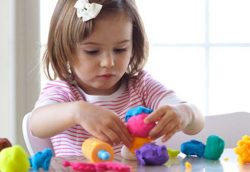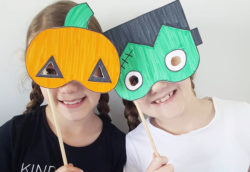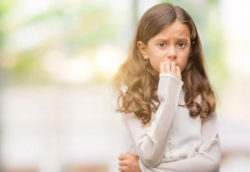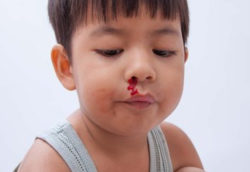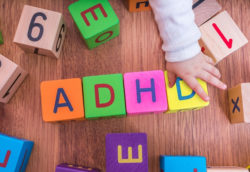Have you thought about what your kids think about race and racism? Are they aware of this? Adults often think that they should avoid talking about race and racism because they fear that doing so would cause them to notice race or make them racist. In fact, you need to understand that the opposite is true!
Some people think that racism doesn’t exist anymore, however, there is evidence to prove this still continues in the society. Discrimination in America is still a matter of concern. As a parent, it is our primary responsibility to teach the kids right and have the correct conversation about racial differences with our kids. However difficult the conversation is, the parent should expose their kids to reality and racist comments on social media.
Tips On How To Explain Racism To Kids:
1. Don’t Be Afraid to Bring it Up:
For many parents, the race talk is a big deal and they avoid bringing it up with kids. It is certainly not your burden but your responsibility to find out and teach your kids the appropriate things. The awkwardness comes in only when there is a lack of communication about race in the early days. Make a concentrated effort to bring these things in your life every day so that your children grow to be more respectful of other racial and ethnic groups.
 2. Get Comfortable Discussion and Learning About Race, Racism:
2. Get Comfortable Discussion and Learning About Race, Racism:
Firstly, as adults, try to be acquainted with what racial inequality means and explain it to another adult. It is nearly impossible to explain to your kid about racism unless you have an understanding of it in an appropriate manner. There are age-appropriate ways to explain racism to kids.
3. Be in charge of your emotions:
Racism for kids is too much to take in if not put in a correct attitude to understand. Children often pick up such behaviors of adult and repeat them without knowing what it signifies. Be a role model by saying the right thing in front of your kids. Cope up with the disappointment or anger in the right way.
 4. Ask why:
4. Ask why:
If you see your child making a harsh statement about or on racism, do not avoid or snap at the kid. Rather, understand why and what made them speak about it. Ask them what made them think so? That will get the conversation started and you can understand the origin of their ideas. We have heard a lot of parents concerned about the kids passing such statements “I want to be white” or “I don’t like their brown color”. The reason could be as simple as the child has seen only white teachers and thought they might need to be white to become a teacher or the teacher rebuked and they thought it is because she is black.
These presumptions need to be broken and taught that it not the right process. They might be as well upset that they do not see a lot of black or brown kids in the book which is unfair, show them the positive points by taking examples of Hollywood actress and the path forward by providing them hope.
 5. Share some experiences:
5. Share some experiences:
Connect the past to the present and then to the future. Do not give them negative examples or bad experience, but them the positives. If you hear or know that your kid is upset, say that you hear X saying about Y, but your experience about Y is.… and make the situation into positive learning by sharing your experience.
6. Use activities, books or movies:
Teaching children about racism is developing critical thinking skills in them. There are simple ways to teach kids to think about multiple attributes of a person. Take help of movies, activities or books to help them grow up as a better person. There are a lot of Hollywood movies like “To Kill A Mocking Bird” (R), “Jungle Fever” (R), “Schindler’s List” (R). Many novels are brilliant to read through too.
7. Age-by-age Guidance:
Each age group has different needs and ways to understand the situation. Babies are born blank, but they are like a slate. What gets written on the slate is what the kid grows to be. They are open to all the ideas and make a perception of the world. Create an environment where they can learn about the differences and similarities between people of different races. Encourage them to make friends everyone ignoring the color or race. Appreciate kids to enjoy all the cultures and religions and celebrate it with kids of all colors. Teach kids about disabilities and gender or physical characteristics like skin, color or hair. Give them the positive vibe about it saying it is beautiful and natural instead of claiming ourselves to be better and different. Ask your kids about what they want to know, reassure they are good.
 Racism in the children is the bud which needs to be plucked off at the right age. This is the moment to teach how to help the kids to understand what their role is going to be in future and how can they help and add up to society.
Racism in the children is the bud which needs to be plucked off at the right age. This is the moment to teach how to help the kids to understand what their role is going to be in future and how can they help and add up to society.







